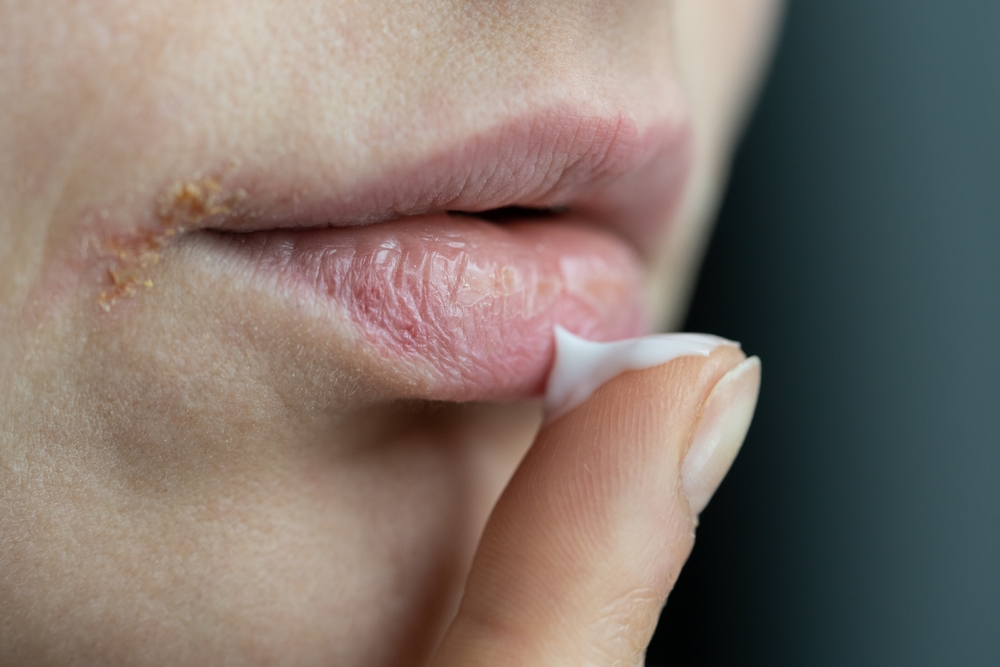
Symptoms:
White or Yellowish Patches on the Tongue, Gums, Inner Cheeks, or Roof of the Mouth – Causes, Diagnosis, and Treatments
Book Appointment

